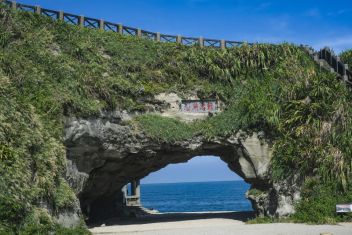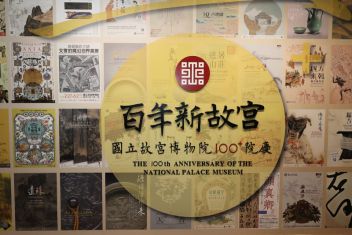We have long been accustomed to thinking of vegetables as mild-flavored side dishes to go with fish and meat rather than taking a leading role on their own. But is this really the case? In response to the global trend of plant-based eating, the culinary and baking industries are proactively engaging in research and development that will give vegetables center stage.





















